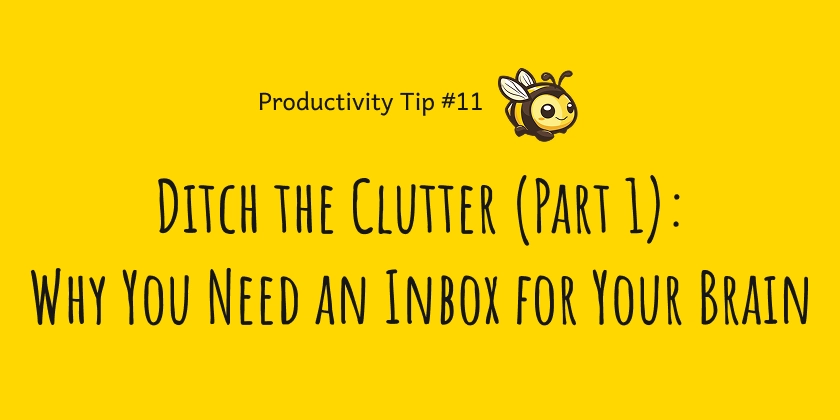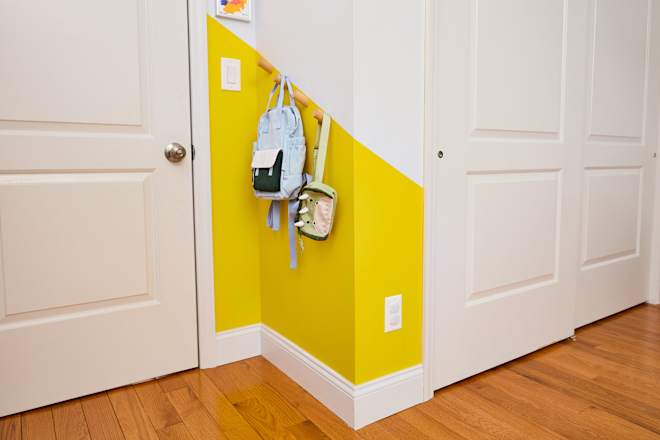The math anxiety equation: How to solve for confidence in math class
One of my first vivid memories of math is of timed tests. I still remember how visceral my panic felt--sweaty palms, heart pounding--as I scrambled to recall facts before the clock ran out.


Key points:
- Creating a culture where all students see themselves as capable math thinkers starts with leaders
- Key questions that unleash powerful PLCs
- Ethical PD: Doing right by the teachers who do right by the world
- For more news on teachers PD, visit eSN’s Educational Leadership hub
One of my first vivid memories of math is of timed tests. I still remember how visceral my panic felt–sweaty palms, heart pounding–as I scrambled to recall facts before the clock ran out.
You might have a similar memory, too.
Truth is, math anxiety is all too universal an experience. And when math can be used as a gatekeeper, preventing students from pursuing their career and life dreams, it’s worth considering how to tackle math anxiety in our classrooms. While there are many reasons students experience math anxiety, I believe the root of this issue has a lot to do with math identity.
As a math educator, I hear the phrase “I am not a math person” all too often. And like many educators I know, each time I hear those six words, especially from students, part of my soul is crushed.
To me, math identity is the belief in one’s ability to do math and use it in life. This feeling of not being a math person creates the mindset that one’s math ability cannot change meaningfully over time through study and practice. It’s also based on a narrow understanding of what it means to know and do math; “being a math person” means memorizing formulas, computing quickly in your head, and being fluent with algebraic procedures only.
These false assumptions are holding back achievement for far too many students. With the right instructional approach, everyone can learn and do math.
So how can we help students achieve positive orientations to math education?
Redefine what it means to be good at math.
Remember that all students come to us with a math identity, even our kindergarten students! They come into our classrooms with beliefs, experiences, attitudes, and feelings about math that shape how they ‘show up’ in our classrooms.
Students also come into school with differing levels of math preparation. Some have parents or guardians who have introduced them to foundational concepts and skills. Some have had no exposure. The well-prepared students perform better at the outset of K-12 learning and the underprepared students struggle to keep up. Thus begins the fallacy that some students are “math people” and some are not.
As such, it’s imperative we create space for every student to build a positive math identity. That includes widening our view of what it means to be good at math. This can be everything from students asking good questions and sharing their thinking verbally to relating a new problem to prior knowledge and using a visual representation to illustrate their thought process. There are many ways problem solving skills can manifest, and through offering students problems with multiple solution paths and multiple entry points, we can enable these math skills to develop.
Give students a voice.
The teacher and textbook aren’t the sole authorities in the classroom. Take opportunities to showcase student thinking, and make sure to balance which student voices we are highlighting and the impact it could have on all students’ identity development.
These small choices can have waves of impact. I’ll never forget a particular student in my Grade 8 math class. According to state testing, she had been labeled a “Level 1” out of 5 in math–the lowest category. She lacked confidence and held a deeply negative math identity. Early in the year, students worked in groups on a task with multiple solution paths. This student had approached the problem in a unique way. I asked if she’d be willing to share her thinking with the class. Her eyes went wide, her face flushed red, and she shook her head. But I told her the class would benefit from her solution, and they could make connections between her solution and theirs. She reluctantly agreed to allow me to put her work under the document camera and have the class make sense of her solution path.
The fact that her work was highlighted, and that the class was talking about how her work supported their understanding of the math content, positioned her as a capable and competent math student. From that moment on, her confidence and demeanor in class were different. She felt, maybe for the first time, like she belonged in math class. Moments like this remind me that every student has brilliance to share–we just have to create space for it to shine.
School leaders have a big role here, too.
School and district leaders also play a crucial role in shaping students’ math identities–not only through the systems they create, but through the beliefs they model.
One of the most powerful things leaders can do is recognize how their own math identity influences their instructional leadership. When a school leader says, “I’m not a math person,” it sends a message to staff and students alike: that math ability is fixed, and some people just don’t have it. Instead, we should treat math identity on a sliding scale and help everyone move toward greater confidence and competence.
A strong starting point is to collaborate with teachers to develop a shared mathematics vision statement. This vision should articulate what effective math instruction looks like in your school or district and include a clear commitment to fostering positive math identity. It becomes the anchor for coherent expectations and a common language that supports teaching and learning schoolwide.
But vision alone isn’t enough. Teachers need the tools and time to bring that vision to life.
High-quality instructional materials (HQIM) can make a powerful difference. When grade-level rigor is built in, teachers are freed up to focus on how to deliver lessons in a way that invites all students into mathematics. The most effective materials offer built-in structures that prioritize student voice and help teachers anticipate and build on student thinking.
Professional development also plays a crucial role. I didn’t gain my full understanding of mathematical concepts until long after I’d already been “successful” in the system. Ongoing learning through courses, conferences, and collaboration continues to shape my math identity and strengthen the support I offer to students. Teachers deserve that same opportunity to grow, reflect, and refine their practice over time.
Creating a culture where all students see themselves as capable math thinkers starts with leaders. When we invest in our educators’ growth and align our systems around a shared vision, we create the conditions for every student to thrive in math–and beyond.
Put your oxygen mask on first.
Before we can think about building positive math identities in our students, we need to take a moment to evaluate our own math identities. Only then can we make sense of how our actions and beliefs could promote or diminish developing positive math identities in our students.
One way to do this is to reflect on your personal math experience. I like to encourage educators to engage in prompts like: What was an experience when you were engaged in learning that has had a lasting impact on you? Or, how do you currently feel when you are working on a math task compared to other times of your life? Who in your sphere (family, teachers, friends, etc.) has played a pivotal role in your math story? These reflections are a good reminder that we all have a math identity, and for teachers specifically, our math identity influences the decisions we make in the classroom, like what content to teach and how we teach it.
By examining our own math journeys, we can begin to shift what’s possible for our students. When we model curiosity, persistence, and even vulnerability, we show students that growth comes from trying–not from always having the right answer. Embracing not knowing helps foster the belief that every student is a deserving, capable learner of math.







































































